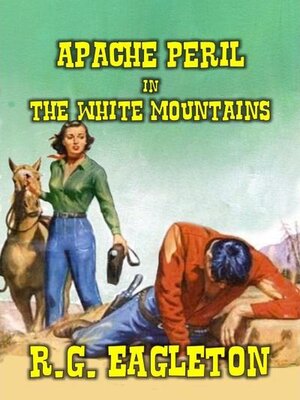
Sign up to save your library
With an OverDrive account, you can save your favorite libraries for at-a-glance information about availability. Find out more about OverDrive accounts.
Find this title in Libby, the library reading app by OverDrive.



Search for a digital library with this title
Title found at these libraries:
| Library Name | Distance |
|---|---|
| Loading... |
The year was 1878 and the 10th Cavalry Regiment at Fort Apache in Arizona Territory had spent three years already fighting and rounding up the warring White Mountain Apache Indians and relocating them to the San Carlos Indian reservation. This was being done to protect incoming white settlers from Apache attacks and to facilitate keeping better control over the Apache Indians. But the Indians under the leadership of Cochise and Geronimo were more intent on bringing bloodshed to all the white settlers, farmers, ranchers, and miners alike who were determined to live and work in the White Mountains and the Dragoon mountains a little further to the southeast in Arizona territory.
The Clarke's were a pioneer family, settlers who had moved to Arizona by way of a large wagon train. Seymore Clarke had been a Presbyterian Minister in Ohio. He along with his young wife and two young children had traveled across country under treacherous conditions. Once there they utilized the Homestead Act, a government program to acquire 160 acres of land on which to build their home and farm.
Seymore Clarke built a small sod house for his family and hoped in not-too-distant future to build a church and start a ministry for other white settlers who were moving into the White Mountains in central eastern Arizona. Once there among the many hardships they had to endure, not to mention they had to contend with the White Mountain Apache Indians, who did not want the settlers living on what they deemed to be their sacred land.







